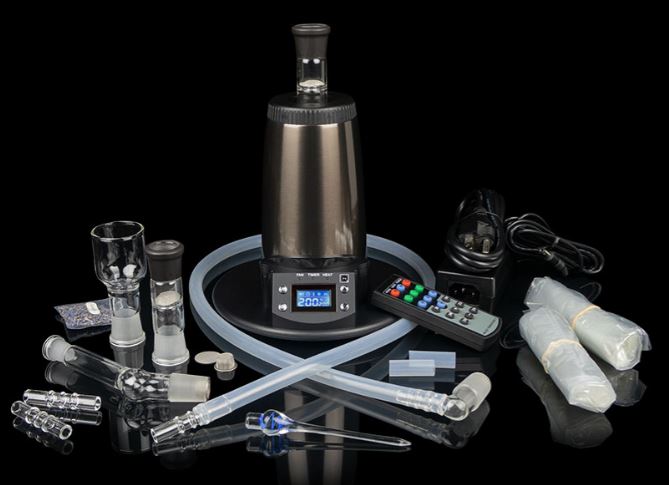When diagnosing infectious diseases in animals, diagnostic techniques and tests are also referred to as veterinary diagnoses; veterinary infectious disease diagnostic items are employed in these techniques and tests. Using diagnostic techniques, one can identify several infectious diseases in animals like cats and dogs, including viruses, bacteria, and parasites. These procedures employ various techniques to collect blood, excrement, or tissue samples. Additionally, modern methods and technologies created for human diagnostics are frequently used in veterinary diagnostics. Numerous techniques are employed in veterinary diagnostics, such as immunodiagnostics (lateral flow assays, ELISA, etc.) and molecular diagnostics (PCR tests, microarrays, etc.).
The market worth of veterinary infectious disease diagnostics in 2021 was USD 1.76 billion and will be worth USD 3.80 billion, growing at an 8.9% CAGR.
The rising prevalence of zoonotic and transboundary diseases like rabies drives the growth of market for the veterinary infectious disease diagnostics.Zoonoses are contagious illnesses and infections that spread accidentally between people and vertebrate animals.
Rabies in pets and other animals is identified through veterinary infectious disease diagnostics. These tools are employed to stop animals from being the cause of fatalities. For instance, the World Health Organization (WHO), a Swiss-based government organization, reports that rabies was discovered in more than 150 countries and territories in 2021.
Market Trends
A major factor boosting the market expansion is the increasing popularity of nuclear families, and rising incomes have a big impact on pet ownership and humanization worldwide, as well as on the adoption of companion animals. Additionally, the demand for veterinary diagnostics to find infectious diseases is being sparked by the rising sales of pet insurance as a result of pet parents’ increased worries about their pets’ health. In addition, the market is being driven by the increased demand for animal-derived products globally, rising worries about food safety, and an increase in zoonotic disease outbreaks among animals
However, the lack of knowledge regarding the use of veterinary infectious disease diagnostics in developing nations restricts the growth of the overall market.
During the forecast period, a rise in awareness associated with animal healthcare worldwide will offer numerous opportunities for market growth.
Market Segmentation
By technology
The market is segmented into molecular diagnostics, immunodiagnostics, and other technologies. The Immunodiagnostics segment is further segmented into ELISA tests, lateral flow assays, and other immunodiagnostic technologies.
The immunodiagnostics segment led the highest market share and significantly ruled the overall market. Several variables, including improvements in advanced diagnostics, novel immunoassay formats, and diagnostic platforms, influence this market’s development. As a result, the market places a lot of emphasis on this market sector when developing new products.
By Animal Type
On the basis of animal type, the veterinary infectious disease diagnostic market is segmented into food producing animals and companion animals.
The companion animal segment led the entire market with the highest market share and will grow during the forecast period. This is due to factors such as the rise in pet ownership in industrialized nations, the popularity of pet insurance, the expansion of the global veterinary profession, and initiatives to control and prevent animal diseases.
By End-Users
On the basis of end-users, the market is segmented into veterinary hospitals, reference laboratories, and in-house/point of care laboratories.
The reference laboratories held the largest market position in 2020. Additionally, numerous reference laboratories receive a sample from large and small animal practices for analysis, further boosting market expansion.
Regional Analysis
The regional market for veterinary infectious disease diagnostic market is segmented into Asia Pacific, North America, Latin America, Europe, and Middle East & Africa.
North America ruled the entire regional market for the veterinary infectious disease diagnostic market in 2021. The expansion of products on the market, the sizeable investments owned by the major businesses in the area, and the rising accessibility and cost of early detection all contribute to this dominance. The market in Asia Pacific will expand at a rapid rate during the forecast period due to rising pet adoption rates, zoonotic disease occurrences, and a rise in the need for diagnostics for infectious diseases in livestock.
Veterinary Infectious disease Diagnostic Market Key Players
- Randox Laboratories, Ltd.
- Neogen Corporation
- Virbac
- Biomerieux S.A.
- QIAGEN N.V. (A Part of Indical Bioscience)
- IDVet
- IDEXX Laboratories, Inc.
- Thermo Fisher Scientific
- Heska Corporation
- Zoetis, Inc.
The market worth of veterinary infectious disease diagnostics in 2021 was USD 1.76 billion and will be worth USD 3.80 billion, growing at an 8.9% CAGR. One of the main market-driving factors is the rise in the establishment of specialized labs throughout the regions most impacted by animal endemics. Additionally, the market for veterinary infectious disease diagnostics is growing due to the rising frequency of viral and bacterial infections in companion and food-producing animals, which is mostly due to unfavorable climatic circumstances.


